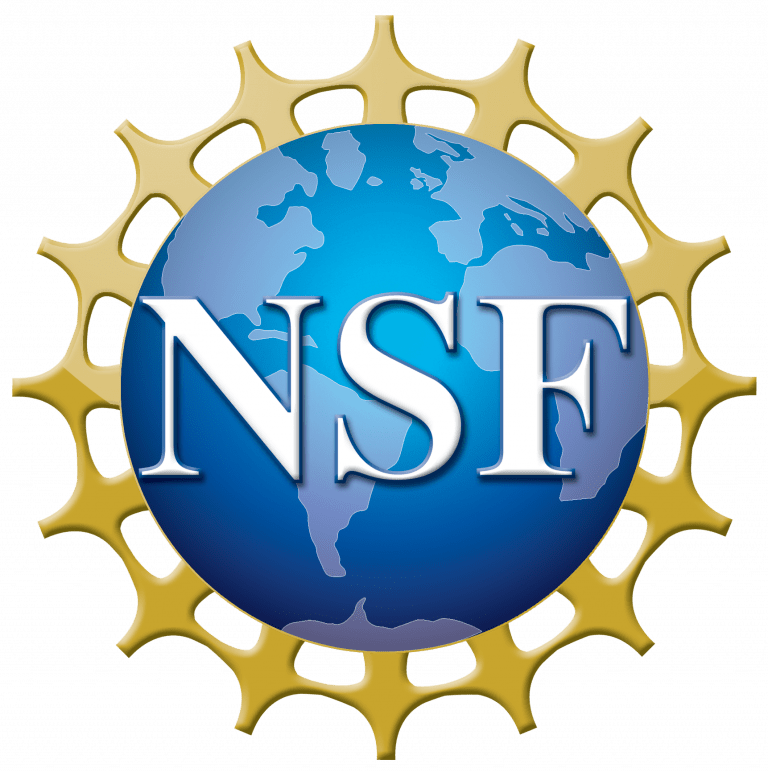Dr. Suresh Subramaniam was an invited speaker at the International Conference on the Design of Reliable Communication Networks, held March 25-27. The conference, originally scheduled to be held in Milan, Italy, was held online. The title of his talk was “Disaster recovery in optical networks.
Author: maglipay
The IEEE Communications Society has re-appointed Dr. Suresh Subramaniam as IEEE Distinguished Lecturer for a second two-year term
The IEEE Communications Society has re-appointed Dr. Suresh Subramaniam as IEEE Distinguished Lecturer for a second two-year term, running from January 2020 to December 2021.
Dr. Suresh Subramaniam (ECE) completed an IEEE Distinguished Lecture Tour of Japan and Korea
Dr. Suresh Subramaniam completed an IEEE Distinguished Lecture Tour of Japan and Korea during the week of November 18. The lecture was titled “The Evolution of Datacenter Network Architectures,” and it discussed the latest advances in leveraging optical switching within datacenters to enable high throughputs, low latencies, and low power consumption. The tour included lectures at Sapporo (November 19), Yokohama (November 20), Osaka (November 21), and Seoul (November 22).
Best Paper Award at ONDM
My paper with Master's student Rujia Zou won Best Paper Award at ONDM, Athens, Greece, May 2019.
Invited Paper Presentation on Topology Optimization in Data Center Networks Using Bayesian Optimization at ONDM
Invited paper presentation on topology optimization in data center networks using Bayesian optimization at ONDM, Athens, Greece, May 2019.
Dr. Subramaniam completed an IEEE Distinguished Lecture Tour of Australia
Dr. Suresh Subramaniam completed an IEEE Distinguished Lecture Tour of Australia the week of March 11. The title of his lecture was “The Evolution of Data Center Network Architectures.” He gave lectures arranged by the following IEEE chapters: New South Wales (Wollongong, March 12, and Sydney, March 13), South Australia (Adelaide, March 14), and Victoria (Melbourne, March 15).
Phd Student Maotong XU Defended His PhD Dissertation
My PhD student Maotong Xu defended his PhD dissertation on deadline-aware scheduling in clouds and has joined Facebook as Research Scientist.
Dr. Subramaniam Receives NSF Grant for Network Infrastructure Resilience Research
Dr. Suresh Subramaniam has received a three-year $368,000 National Science Foundation grant for the project “Resilience in Next-Generation Intelligent Optical Networks.” The world’s telecom infrastructure is dominated by fiber optics because of optical fiber’s tremendous bandwidth, and huge investments continue to be made in that infrastructure. However, as the insatiable demand for bandwidth grows, the network becomes more and more complex and harder to manage and protect. Network designers are, therefore, increasingly turning toward “disaggregated” optical nodes, which are composed of simple building blocks of essential functions. This project aims to equip the network infrastructure with resilience against failures, both small-scale, due to component or system degradation, and large-scale, due to disasters, for example. Resilience schemes at multiple granularity levels, ranging from component-level to network-level to service-level, will be developed. This research is a joint project between Dr. Subramaniam and collaborators from Nagoya University and Kagawa University in Japan, who will be funded separately by NICT, Japan's research and funding agency for telecom research.
Dr. Subramaniam and colleagues receive $496K NSF grant
Dr. Suresh Subramaniam and his collaborator at San Jose State University have received a three-year, $496,000 National Science Foundation grant titled “Design and Provisioning for Inter-Datacenter Multi-granular Flexible Optical Networks.” GW's share of the award is $300,000. Large-scale data centers are constantly evolving to meet the ever-increasing demand for cloud computing services. As the scale of the data continues to increase and latencies become more and more important, providers are turning to geo-distributed datacenters to serve customers at the most proximal datacenter location. These new requirements pose a serious challenge to network operators, who have to come up with a flexible and reliable solution while considering the operational benefits that can potentially result. Recent advances in agile and flexible optical networking have made Flexible Optical Networks (FONs) a promising candidate for meeting the dynamic and heterogeneous connection demands between datacenters. Nevertheless, as networks scale in capacity, fine-grained switching of slots becomes prohibitively expensive; a flexible wavebanding optical cross-connect (OXC) has been recently proposed to offset the large increase in cost. The goal of this project is to develop design and provisioning strategies for multi-granular inter-datacenter FONs. The results of the project will inform the design of agile and flexible optical networks for inter-datacenter networking.
PhD Student Jingxin Wu Defended Her PhD Dissertation
My PhD student Jingxin Wu defended her PhD dissertation on wavebanding in multi-granular optical networks and has joined Juniper Networks.



